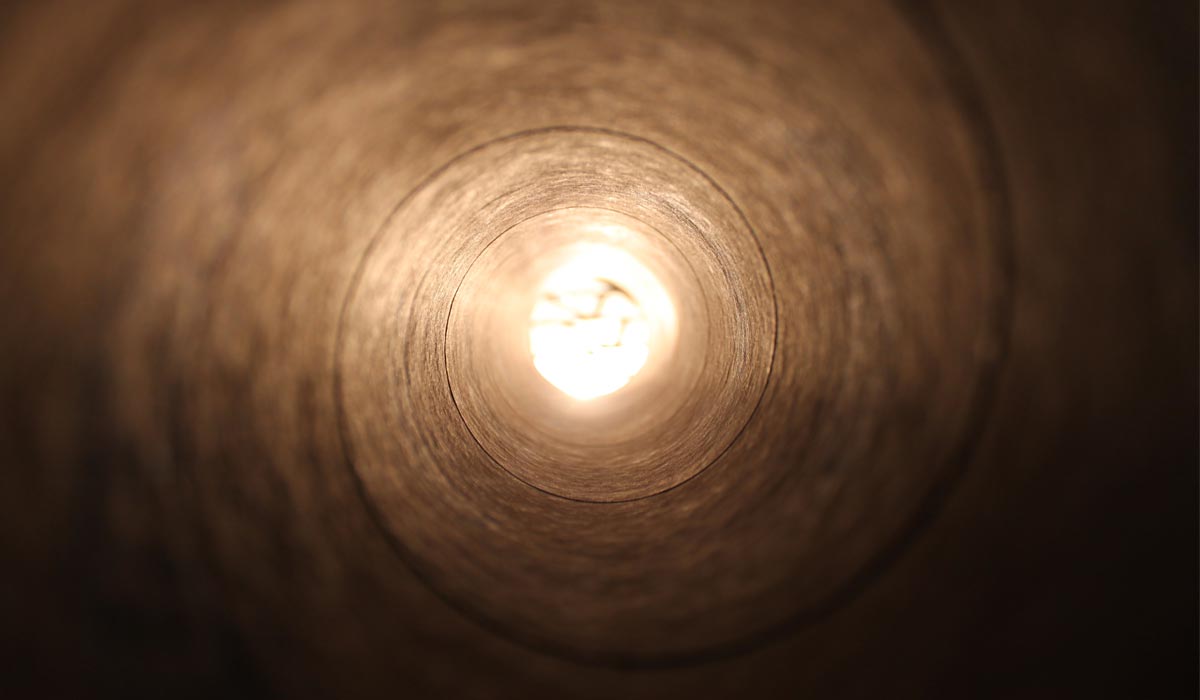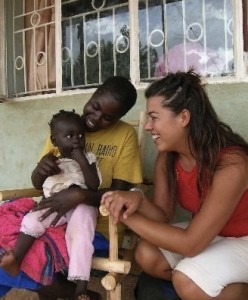Falling Down the Rabbit Hole: Passion, Kony 2012 and Trauma

Passion can be a precursor to hysteria, mania, paranoia, depression, and a plethora of other mental health issues.
Passion is often partnered with creativity, imagination, artistry, advocacy, and leadership.
On a recent visit to the Seattle Art Museum, I found myself slowly moving through a dreamlike world of Gauguin’s French Polynesia paintings, sketches, and woodcarvings. He conveyed with deep conviction his love and fascination with what he named “savage” of the land and people of Tahiti. Though his skill was debated by the likes of Camille Pissaro and his work rejected by the French elite of his time, there was no question of his passion for his subject. His very bold use of color, so unique for the era in which he painted, as well as the way he captured the faces, movements and pace of the Tahitian people, allowed me to feel the ocean breeze on my skin and hear the rhythmic Tahitian tongue in my ears. Ironically though, it seems that as the passion in his paintings and writings increased (progressing from 1889 to 1895), the more ill he became. It was reported that in his last years of life (living in the Marquesas Islands and painting Oceania images) Gauguin suffered from suicidal ideation and required hospitalization.
Meanwhile, most of us can quickly recall the names of those who have suffered from the same debilitating “disease”: Vincent Van Gough, Sylvia Plath, Virginia Wolf, Kurt Cobain, Mark Rothko, Fyodor Dostoyevsky, Ernest Hemingway, Ludwig Van Beethoven, Tennessee Williams, and George Orwell. It is without debate that these names represent renowned artists and creative genius. These names are of those who committed suicide. It would require pages and pages to list the many passionate geniuses that suffered from “crazy.”
 I will by no means name myself genius or dare to bear the title of artist. Yet, I am intimately familiar with being called “passionate.” I also know what it is to feel crazy, especially when submerged in that which most deeply stirs my passion.
I will by no means name myself genius or dare to bear the title of artist. Yet, I am intimately familiar with being called “passionate.” I also know what it is to feel crazy, especially when submerged in that which most deeply stirs my passion.
Recently, there was a media firestorm ignited by a young activist fighting for the capture of Joseph Kony, an African rebel leader. Over the past 25 years, Kony led the Lord’s Resistance Army in Northern Uganda and orchestrated the abduction of an estimated 30,000 children. The International Criminal Court gave Kony the elusive title of one of the world’s most dangerous criminals, due to his heinous efforts to train, brainwash, and enslave children to serve as child soldiers, wives and sex slaves. The activist, Jason Russell, is gifted with an artistic and influential voice. His first film, Invisible Children (2004), portrayed the atrocities of Kony while at the same time it demonstrated the beauty and resiliency of his victims, Kony’s own Acholi tribe. Like Gauguin with his dazzling colors, Jason painted a story through film that compelled this passionate woman (me) to move to Northern Uganda in 2006 and join the fight for these vibrant, yet traumatized children.
My chosen medium is not painting, sculpting or filmmaking, but therapy. I practiced my artistry in Uganda with the survivors of this war. Following the steps of Jason, I too fell in love with the culture, land, and Acholi. Like Gauguin with the Tahitians, I sought to completely immerse myself in the ways of these stunning people. But the immersion and over identification is where I fell into my “crazy.” I likened my experience to Alice (in Wonderland) falling down the rabbit’s hole, as I lost my rational and stable mind to an impassioned one. My desire to protect and offer care to the traumatized and abused was no longer tempered, and I frequently placed myself in precarious and even deadly situations. I was cavalier. I was fierce. I was exhausted.
On March 5th, 2012, Jason released a film entitled Kony 2012. It received far more press than anticipated and within weeks of its debut it was viewed over 100 million times on YouTube and Vimeo. The film was met with excitement and enthusiasm, as well as skepticism and ridicule. Ten days after its release, on March 15, 2012, the San Diego police detained Jason for “bizarre” and “irrational” behavior, which was later deemed as the symptoms of “brief reactive psychosis” (AKA Brief Psychotic Disorder, 298.8). Many would say he was cavalier. I would consider him fierce. His family and doctors reported him exhausted.
As you can well imagine, many who have known my previous connection to Invisible Children, and even to Jason, asked me of my impressions on his “manic episode.” My response: “I get it.” Jason devoted most of his adult life and the majority of his waking hours advocating for the health and freedom of the Acholi, especially the children.
Those of us (and I am including YOU, reader) who are deeply moved by the impacts of trauma and abuse, can often become enlivened, enraged, and sadly, entangled. Some diagnose our plight as “burn out” or “secondary/tertiary trauma.” We are not often deemed crazy and sometimes we even earn some saintly status as being compassionate and sacrificial. But I know the darkness, I know the flip side of passion and it has often looked like mental illness. I do not know what led Jason to pound on the sidewalks with his fists or to run unclothed through city streets. I do not know what led Van Gough to cut off his ear. Yet, I know that these men are brilliant and have moved my heart to love beauty and justice.
Let our artistry – our paintings, sculptures and songs for redemption – arouse beauty and justice. And let us be aware when we are exhausted.
